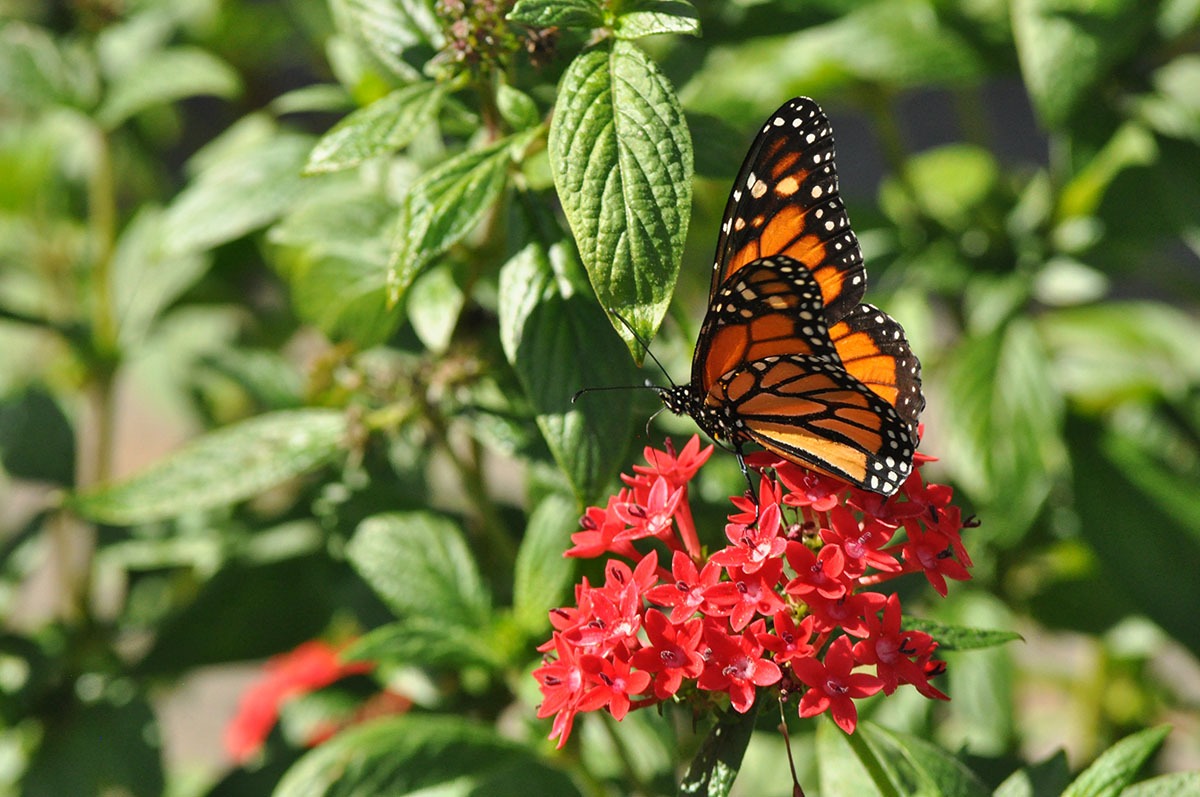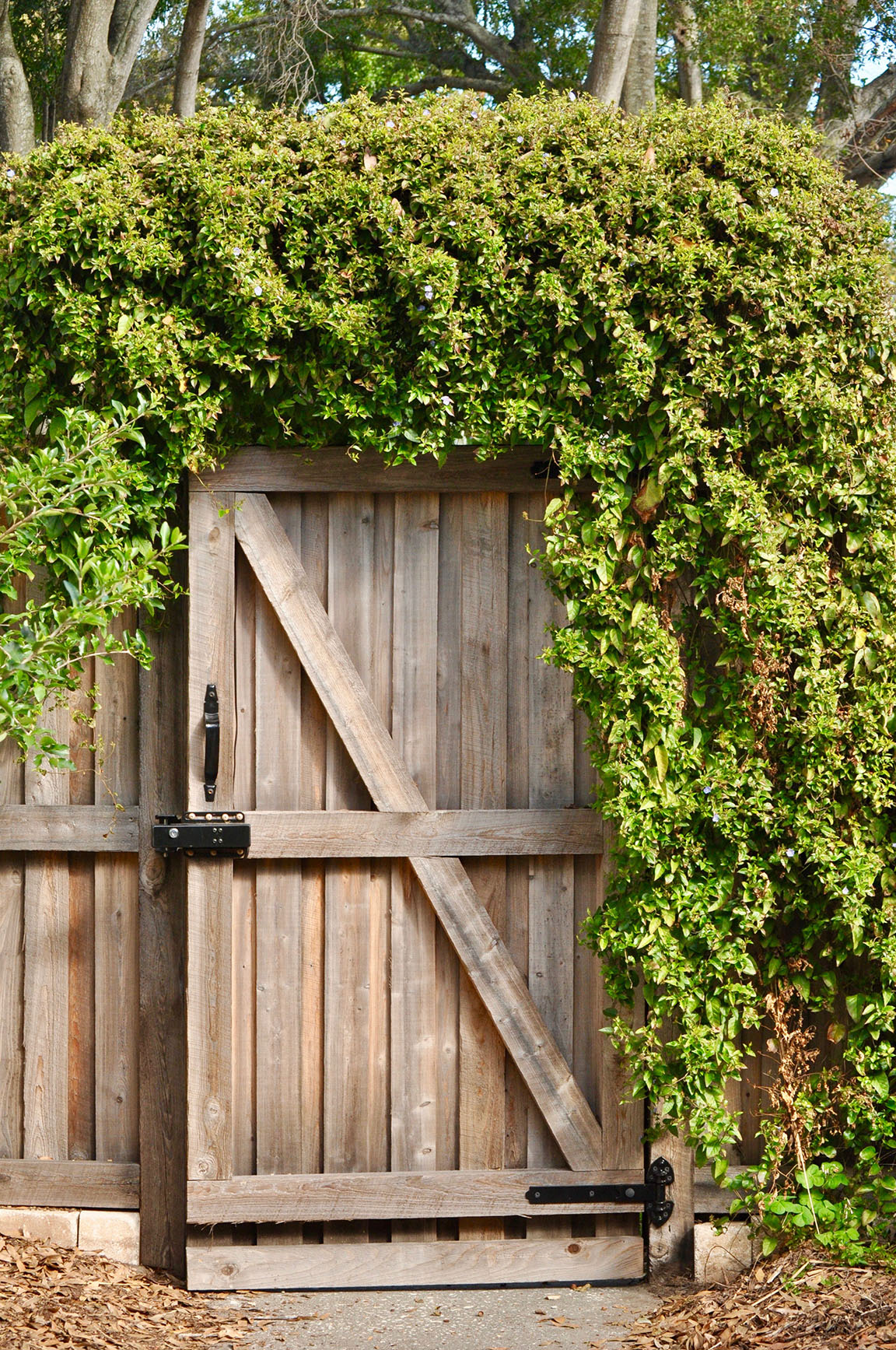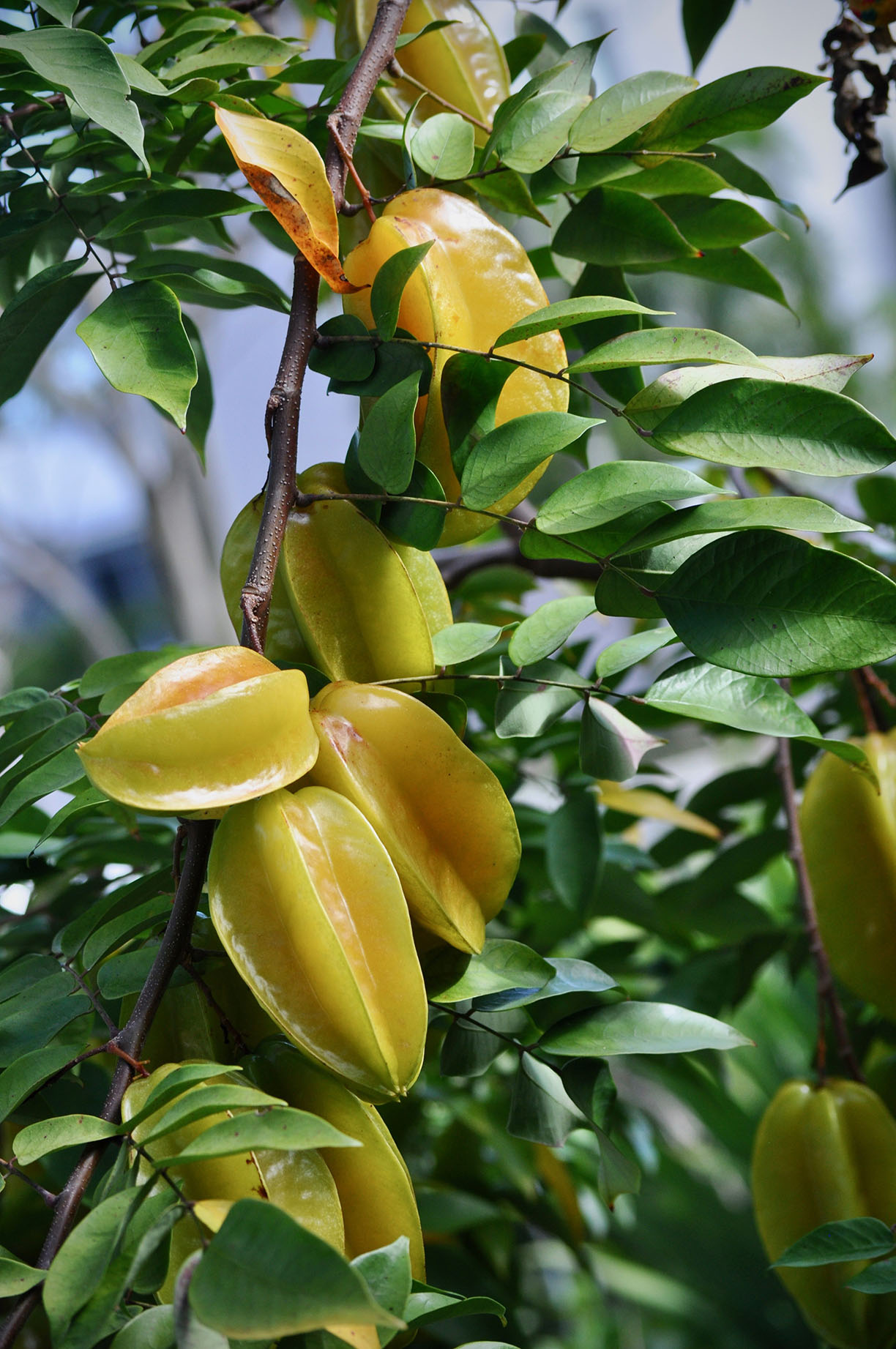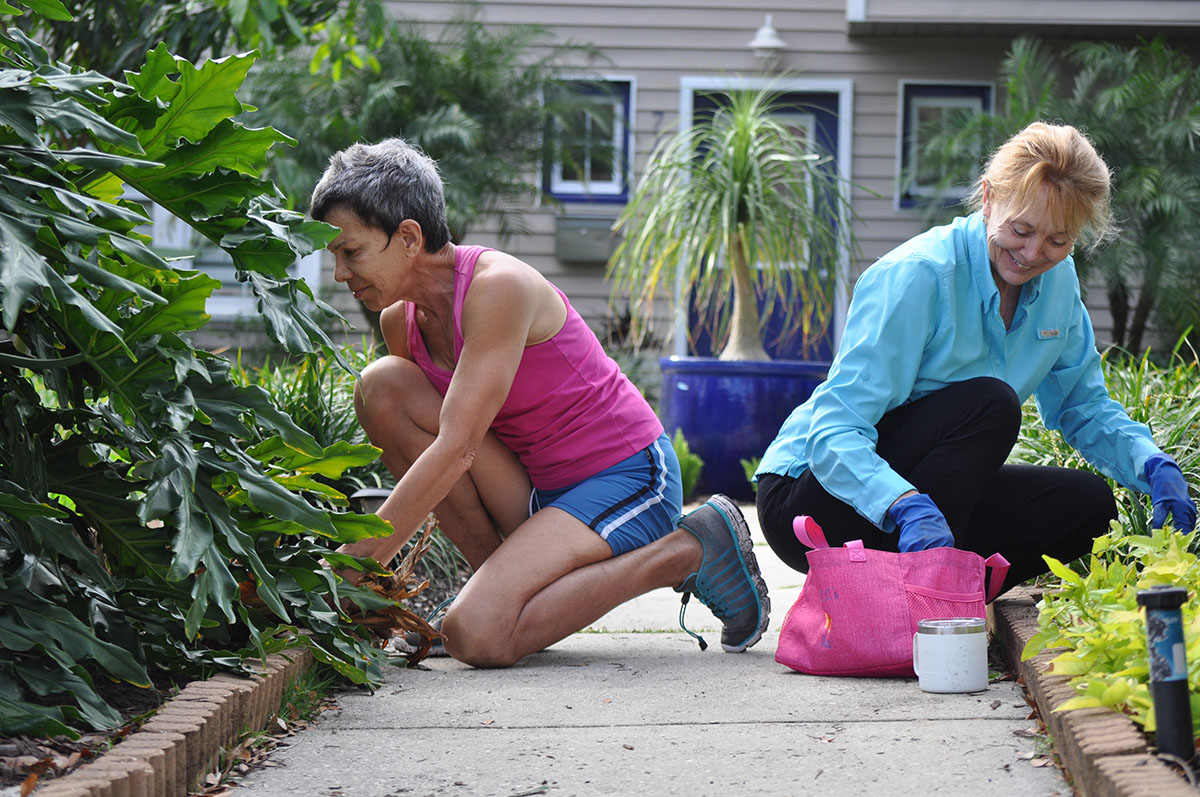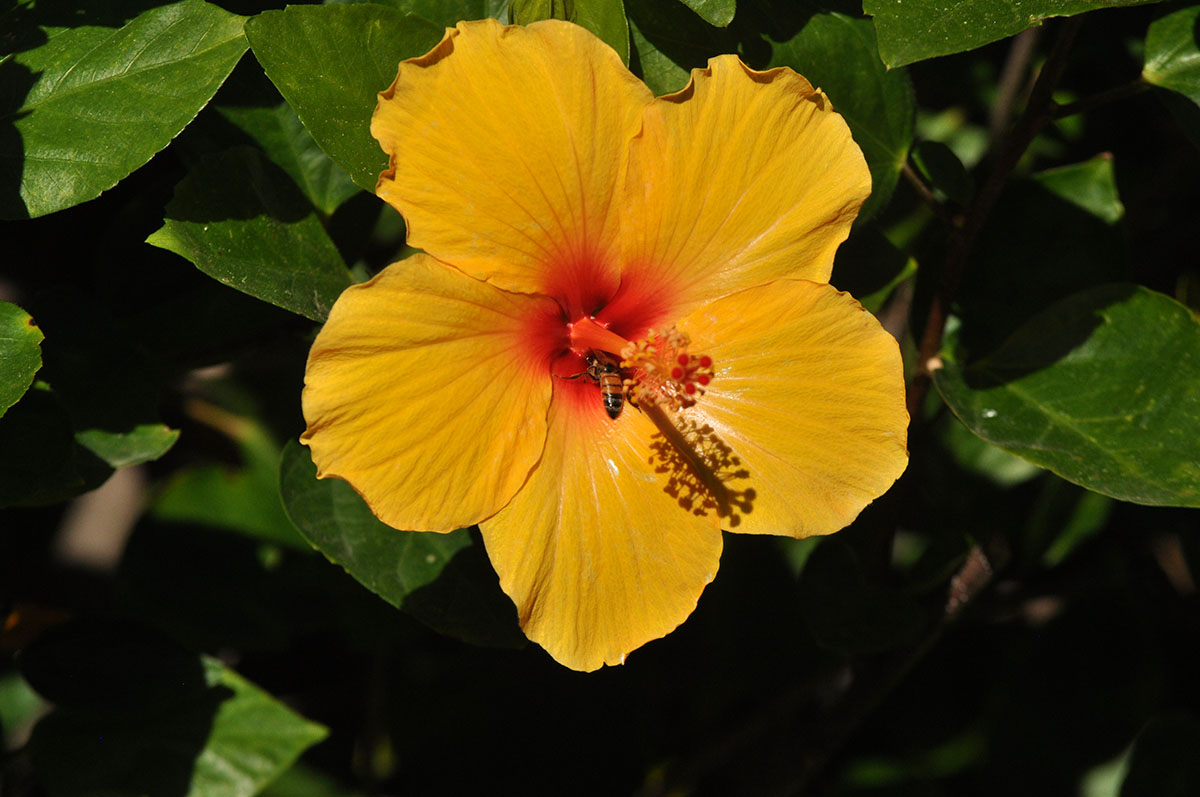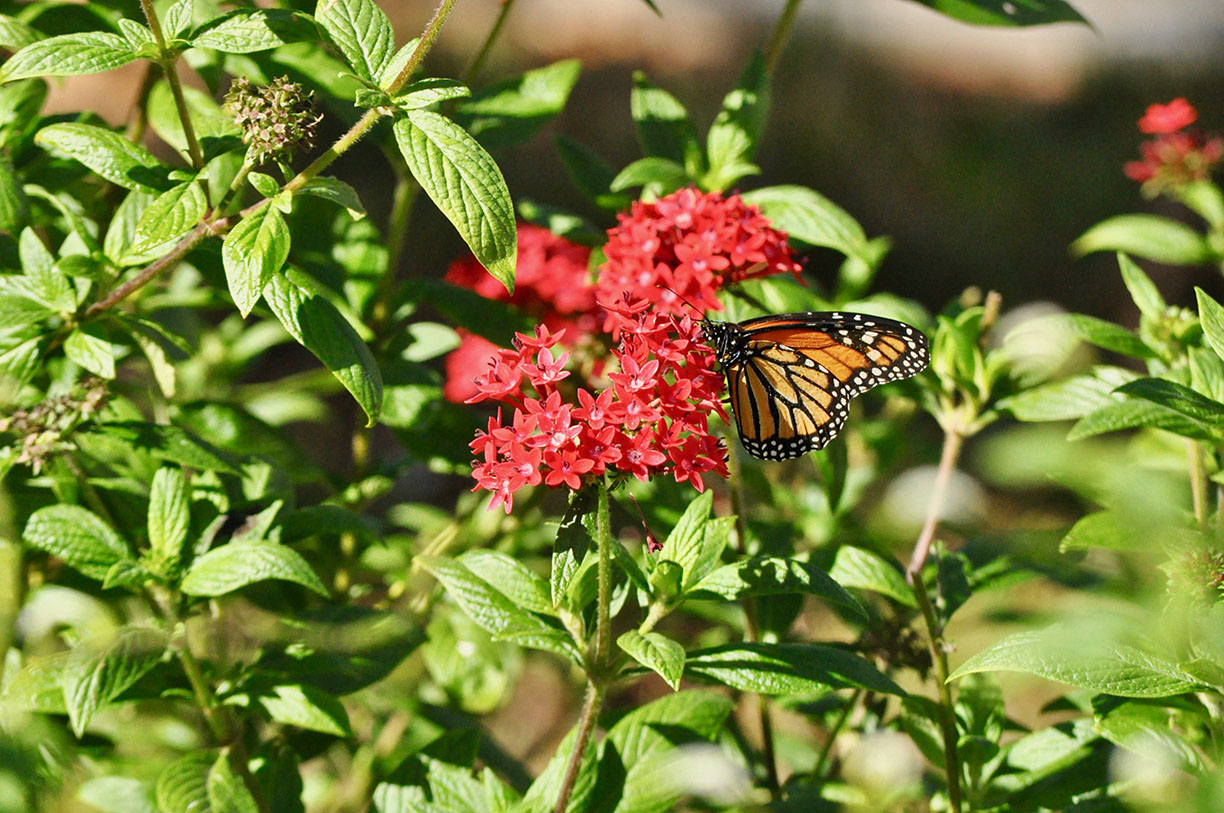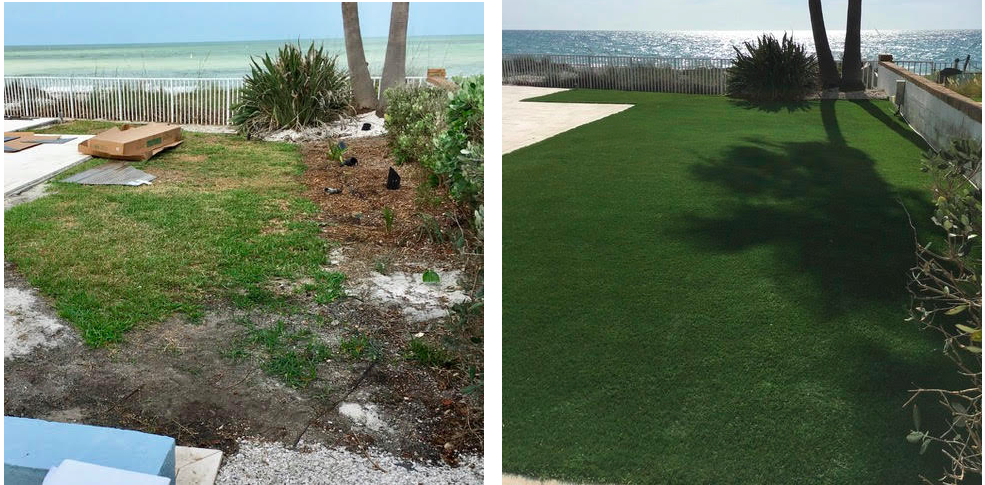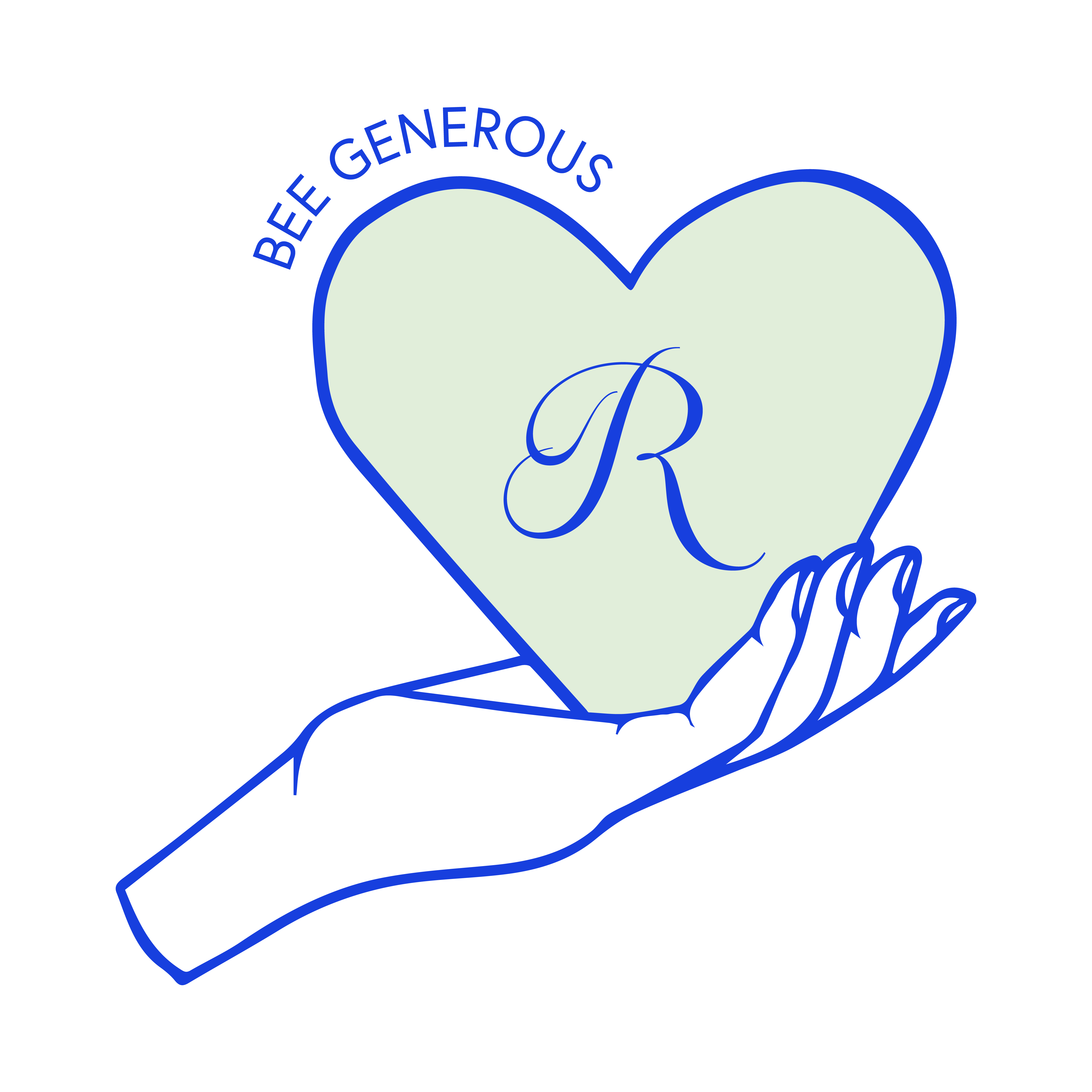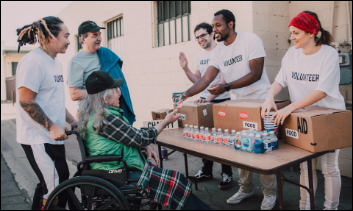Kaitlin Hammersley and Peter Fritsche’s St. Petersburg yard is not pristine.
It’s not manicured, symmetrical or particularly lush. In the front yard, there’s a dense vine of Key West Morning Glory spilling over the gate to the backyard, a thatch of wild coffee, firebush, sprawling Porterweed — a monarch magnet — and a crop of yellow starfruit ripening on a tree. In the backyard, there are high climbing purple passion vines hanging between the house and shed like a leafy tightrope and thick sprays of cranberry hibiscus, red and yellow wildflowers, and overgrown Oxalis, a weed that resembles shamrock.
Nestled on a quiet street overlooking Crescent Lake, the home’s landscape is fully sustainable and deliberately wild. There is no grass, no sprinkler and no lawn maintenance service. Every plant in the front yard is native to Florida and every plant in the backyard is edible, including the kiwi berries, sweet Jamaican cherries, fig, mango, and guava trees.
Unlike the formal landscapes that front many high-dollar homes in Tampa Bay, this yard feels as indigenous and lived-in as a nature preserve.
“Our rule here is simple: all the plants need to serve a purpose,” says Hammersley, a landscape designer who works remotely for a California-based design firm. “Aesthetics are important, but more important is planting wisely in a way that supports wildlife and humans.”
Designed by Hammersley and planted over a year ago by Wilcox Nursery & Landscape in Largo, the landscape has never been treated with pesticides or chemical fertilizers.“Our soil is the happiest,” Hammersley says. “You can dig anywhere in the backyard and find earthworms.”
In recent years, gardening has helped bring together a number of Crescent Lake residents.
When self-taught gardener Linda Bisgeier moved to St. Pete from Long Island two years ago, she bought a house next door to Hammersley’s with a front lawn that needed a lot of TLC. “It was nothing but sad sod and weeds,” Bisgeier says. Now she meets every Monday morning with her neighbor from across the street, Carla Gregory, to play in the dirt.
“We call it our Monday Weeding Club,” says Gregory.
Next door to Bisgeier, Drs. Susan and Peter Betzer’s yard is a showstopper, especially when native plants are in full bloom. Together with the neighbors’ yards, it has helped to make the block a mini-oasis for wildlife.
Peter, the retired dean of the College of Marine Science at USF, and Susan, a retired physician, have lived in their 2,800-square-foot Crescent Lake home for 48 years. When they decided to redo their yard four years ago, they invited an award-winning design team from Winter Park (Stephen and Kristin Pategas of Hortus Oasis) to stay with them during the process. The end result nabbed them a spread in the Home & Garden section of the Tampa Bay Times.
Like Hammersley and Fritsche, the Betzers use a drip irrigation system and steer clear of pesticides. In addition to tropical orchids and bromeliads, the Betzers’ yard is brimming with native beach sunflowers, snowberry, Jamaica caper and heat-loving penta, all popular food sources for butterflies, bees and birds.
“They call our little parkway ‘Pollinator Alley,’” Susan says. “These aren’t your typical blow-and-mow landscapes.”
Proprietors of independent nurseries are thrilled to see a shift toward more eco-friendly planting.
Michael Manlowe, who owns Twigs & Leaves, a Florida native garden center in St. Pete’s Grand Central District, says he’s busier than ever.
He says most of his clients are looking for low-maintenance, long-lasting plants that attract butterflies and use less water. They’re interested in edibles and creative alternatives to turf grass — the worst offender in Florida yards.
“Everyone’s yards are Home Depot-revised a million times,” Manlowe says. “People hire me for a consult and I usually start with lawn removal. It freaks them out. I say get rid of the lawn. Get rid of the mower. You’ll shrink your carbon footprint immediately.”
A local pioneer in the native landscaping business, Manlowe, who lives on a boat, opened his store 15 years ago after working as a marine science educator in the Florida Keys. In addition to selling native plants, he installs and maintains landscapes for clients from as far away as Palm Harbor.
For homeowners who aren’t so eager to ditch their St. Augustine sod for shredded bark mulch, Manlowe recommends widening flower beds and filling them with wildflowers and other nectar sources, such as blueberry and holly. Permeable hardscapes (natural stone pavers and tiles) are another “green” alternative to traditional grass.
“If there was a mandate that a certain percentage of your landscape had to be native, we’d start to see real change,” Manlowe says. “Homeowners don’t realize how important it really is.”
Or maybe they do.
Artificial turf sales are on the rise in Florida as more property owners replace water-hogging, poorly growing grass with synthetic carpets. A decade ago most people only knew of one use for turf: sports fields.
When Better Than Grass (BTG) distributor Tim Davis installed fake grass on his Indian Rocks property 13 years ago, friends and family were baffled by the move. They pictured a cheap green indoor/outdoor carpet, not a realistic lawn impervious to drought, bugs and bad mowing habits.
Davis, a general contractor, was so pleased with the results he asked the founder of the company to train him to sell and install the product himself. Since then, dozens of competitors offering varying iterations of artificial turf have flooded the market.
“Most of the grass we grow in Florida is weeds,” says Davis, whose turf is made in Italy and woven in the Netherlands. “A lot of my customers come from the north where they’re accustomed to short, green lawns. This appeals to them.”
Most high-quality turf has an estimated lifespan of 10-15 years. BTG’s turf is porous, UV-protected, fire-resistant and completely recyclable. By Davis’s calculations, a homeowner with 1,500 square feet of BTG grass in his yard will break even on the investment less than three years after install once you subtract the cost of irrigation, lawn care, pesticides and watering.
“It’s obviously an acquired taste,” Davis says. “But I can tell you business is booming. Maybe it’s because water is becoming more and more precious and fake grass saves on water.”

